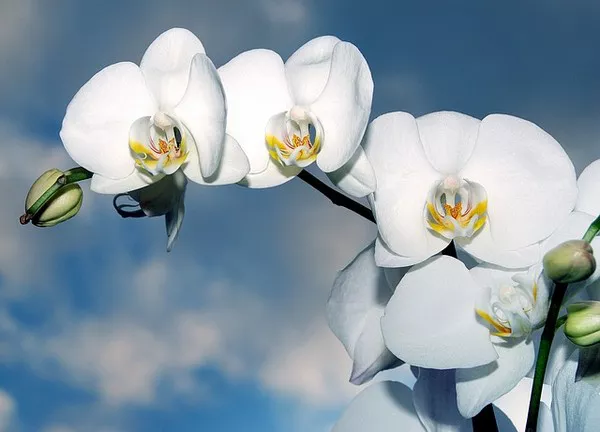Orchids are among the most exquisite and cherished flowers, adored for their stunning blooms and intricate beauty. However, once the vibrant flowering phase comes to an end, many orchid enthusiasts may wonder how to care for their plants to encourage healthy reblooming. Understanding the post-flowering needs of orchids is essential to ensure their longevity and future blossoms. In this article, we will explore the necessary steps to properly care for orchids after flowering, ensuring their continued health and beauty.
Patience is Key
Once an orchid’s flowers have faded, it is crucial to exercise patience. Unlike typical annuals, orchids have different growth patterns and may not flower again immediately. Instead, they enter a period of dormancy or rest, known as the post-flowering resting phase. During this time, the plant conserves its energy and redirects resources to strengthen the roots, leaves, and stems. Patience is key, as this resting phase is vital for the orchid’s overall health and the likelihood of future flowering.
Pruning and Deadheading
After flowering, orchids may have spent or dead flowers on their stems. Removing these faded blooms, a process known as deadheading, helps the plant focus its energy on new growth. Use sterilized scissors or pruning shears to carefully trim the stem above a node or healthy bud. Avoid cutting too close to the base, as this could damage the stem. Additionally, if the entire flower spike has withered, consider trimming it back to the base, leaving the orchid to rest and prepare for new growth.
Watering and Fertilizing
Watering and fertilizing routines are essential aspects of post-flowering orchid care. During the resting phase, reduce the frequency of watering to prevent overhydration. Orchids are susceptible to root rot if their roots remain consistently wet. Instead, water the orchid only when the potting medium is slightly dry to the touch. For most orchid varieties, watering once every 7-10 days is sufficient.
Fertilizing is equally important but should be approached with care. While orchids require nutrients for healthy growth, excessive fertilizer can lead to salt build-up, damaging the plant’s roots. Use a balanced orchid-specific fertilizer diluted to half or one-quarter strength and apply it every two to four weeks during the growing season. Cease fertilization during the resting phase to give the orchid time to recover and rejuvenate.
Light and Temperature
Orchids are light-loving plants, but excessive exposure to direct sunlight can be harmful. After flowering, maintain the orchid in a location with bright, indirect light. An east or west-facing window is often ideal for most orchid varieties. Be cautious with southern exposures, as they can be too intense, while north-facing windows may not provide sufficient light.
Additionally, consider the temperature requirements of the specific orchid species. Most orchids prefer a temperature range between 60°F to 80°F (15°C to 27°C). Avoid exposing orchids to extreme temperatures or drafts, as these can stress the plant and impede its ability to rebloom.
Repotting
Orchids generally do not require frequent repotting. However, if the plant has outgrown its pot or if the potting medium has significantly decomposed, repotting may be necessary. The ideal time for repotting an orchid is usually after the resting phase, when new growth is beginning to emerge.
When repotting, select a suitable orchid potting mix and carefully remove the orchid from its old container. Gently untangle the roots and remove any dead or damaged ones. Place the orchid in the new pot, adding fresh potting medium around the roots and ensuring the plant is stable. Avoid pressing the medium too tightly, as orchids prefer loose, well-aerated conditions.
Conclusion
Caring for orchids after flowering is a delicate process that requires attention to detail and patience. Understanding the post-flowering resting phase and providing the right conditions for your orchid’s growth are crucial for ensuring its health and encouraging future blossoms. By pruning and deadheading spent flowers, adjusting watering and fertilizing routines, providing appropriate light and temperature conditions, and considering repotting when necessary, you can foster a thriving orchid that will continue to grace your home with its stunning blooms for years to come.


